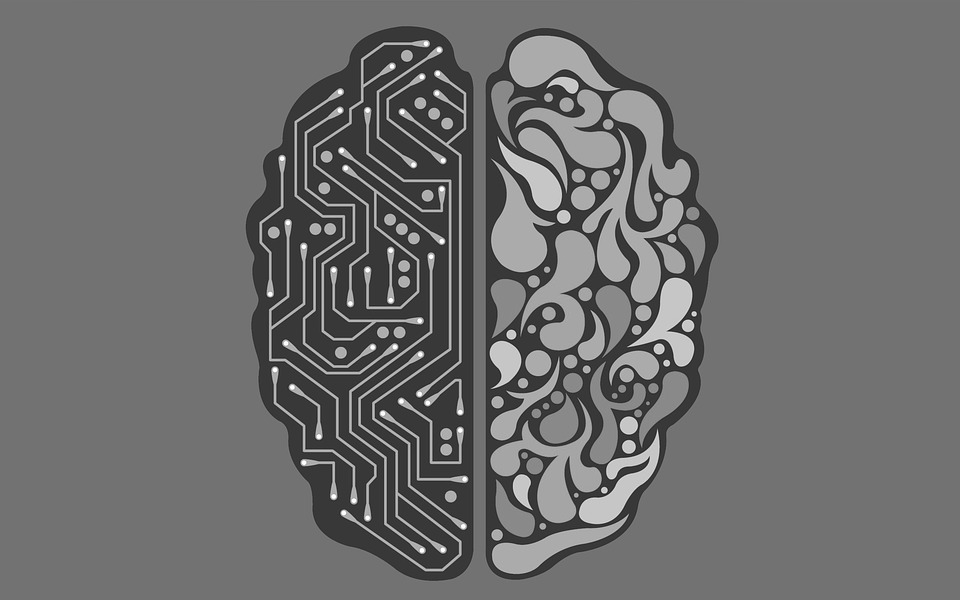Featured
Breakthrough promises surgery-free brain-computer interface
Stentrode, the only implantable brain-computer interface that does not require open brain surgery, is currently in clinical trials
Share
- Click to share on X (Opens in new window) X
- Click to share on Facebook (Opens in new window) Facebook
- Click to share on LinkedIn (Opens in new window) LinkedIn
- Click to email a link to a friend (Opens in new window) Email
- Click to share on Reddit (Opens in new window) Reddit
- Click to share on WhatsApp (Opens in new window) WhatsApp
- Click to share on Pinterest (Opens in new window) Pinterest
The U.S. Food and Drug Administration (FDA) has granted neurovascular bioelectronics medicine company Synchron Breakthrough Device designation for Stentrode, an implantable medical device that can translate brain activity or stimulate the nervous system from the inside of a blood vessel, without the need for open brain surgery.
The device, which has already been implanted in patients with upper-limb paralysis, is currently being evaluated for its ability to enable patients with paralysis to regain functional independence by control of digital devices through thought alone. The Breakthrough Devices Program is designed to expedite the development and FDA review of innovative solutions for more effective treatment of irreversibly debilitating diseases or conditions, among other purposes, and will lower the burden required for Medicare reimbursement.
“As this is a first-of-its-kind device, we look forward to working closely with the FDA to prioritize development of the Stentrode and ensure access for patients with paralysis, as well as lay the groundwork for future indications for brain-computer interfaces,” said Thomas Oxley, MD, PhD, CEO of Synchron.
Designed so that patients can train their brains to wirelessly control external systems without the need for using their hands or voice, the Stentrode is the only investigational, implantable device, that does not require open brain surgery. Other neural interface devices, such as those being developed by Elon Musk’s Neuralink and BrainGate, currently require drilling into the skull, and direct puncture into the brain, to achieve device implantation.
Safety and efficacy data from a currently-active first-in-human clinical trial will be used to finalize the protocol for a pivotal FDA-enabling study that will guide evaluation for U.S. marketing approval. Future research will evaluate the use of the Stentrode in patients with paralysis due to spinal cord injury, ALS, stroke and muscular dystrophy.
Pre-clinical studies have demonstrated the Stentrode’s long-term safety as well as its ability to pick up specific electrical frequencies emitted by the brain. Synchron, in collaboration with the University of Melbourne, has published their scientific results in top ranking journals including Nature Biotechnology, Nature Biomedical Engineering and the Journal of Neurosurgery.
Similar to the procedure utilized for implantation of cardiac pacemakers, implantation of the Stentrode is a minimally-invasive procedure during which the device is delivered to the brain through blood vessels. As the Stentrode system is small and flexible enough to safely pass through curving blood vessels, insertion of the device does not require open brain surgery. This may reduce risk of brain tissue rejection of the device, which has been a significant problem for other techniques.
The technology relies on a revolutionary brain-controlled handsfree app platform called brainOS™ to translate the brain activity into a standardized digital language, directly through thought, to control apps that restore communication and limb function. In addition, brainPort™, a fully-internalized, wireless solution implanted in the chest provides high-resolution neural data transmission, and is the final component of the Synchron system.
Share
- Click to share on X (Opens in new window) X
- Click to share on Facebook (Opens in new window) Facebook
- Click to share on LinkedIn (Opens in new window) LinkedIn
- Click to email a link to a friend (Opens in new window) Email
- Click to share on Reddit (Opens in new window) Reddit
- Click to share on WhatsApp (Opens in new window) WhatsApp
- Click to share on Pinterest (Opens in new window) Pinterest
| Thank you for Signing Up |



















